Usa el código 'worththewait' y recibe envíos gratis hasta el 25 de diciembre-
Stories
The Forest - One of Our Most Important Stakeholders
1 de enero de 1970
Forests cover about one-third of the Earth's land area, according to the UN’s Food and Agriculture Organization (FAO). At Once Upon, we rely on forests for the paper in our photo books and prints, and prioritize sustainability and quality when selecting it. We do this to protect the planet while ensuring our photo books last a lifetime.
Quality in Focus
We are constantly on the lookout for paper with the highest quality and environmental performance. Ensuring quality requires testing paper before it hits the market and listening to customers before, during, and after we launch. The prerequisite for having paper that meets high environmental standards is transparency. This means that we are aware of our product's value chain, and can direct our efforts where they might make the most difference throughout the process.
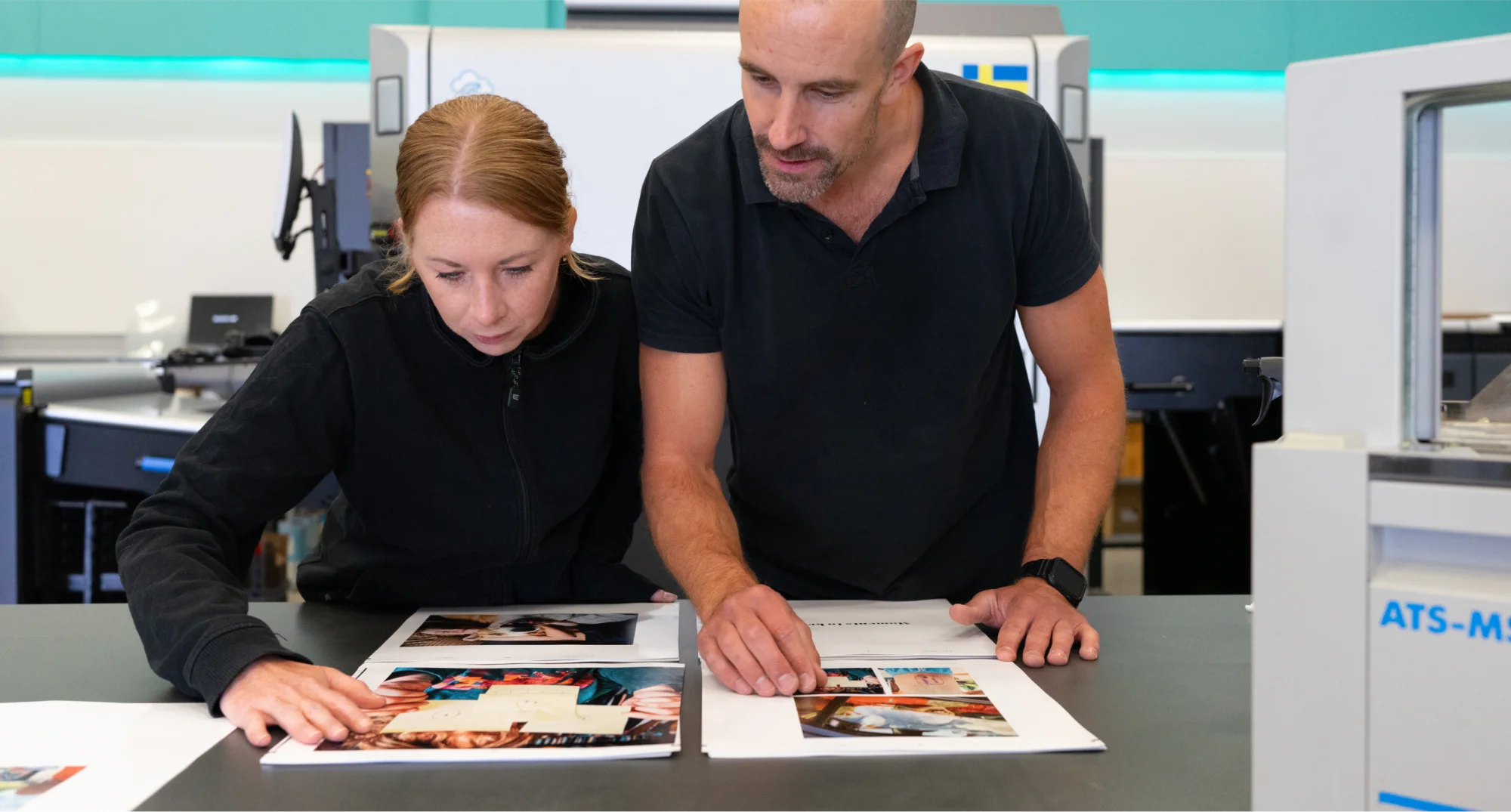
In 2024, we switched to a new paper for our photobooks in the Swedish print house. This paper has a 68% lower climate footprint than other papers, which helps us to reduce our overall climate footprint.

4 out of 7 printing houses are FSC certified. We strive for 100% certified printing houses.
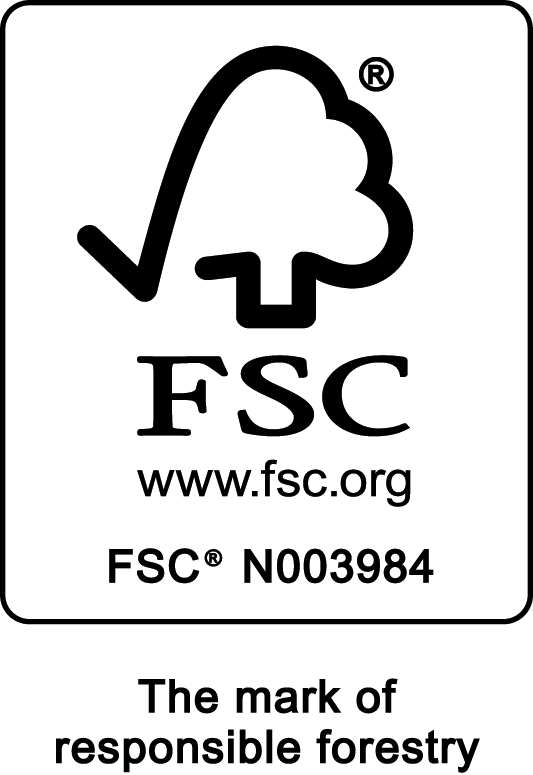
7 out of 7 printing houses use certified raw materials for our books and prints.

FSC Certified
Certified forests are one of several important tools for the development of sustainable forestry worldwide and the protection of forest animals and plants. FSC stands for Forest Stewardship Council and is an independent, international membership organization that promotes environmentally appropriate, socially beneficial, and economically viable management of the world's forests through its certification system. Read more here.
FSC is the certification we rely on for choosing paper. We are also an FSC certified company, as are 4 out of 7 of our printing houses globally. If one of our FSC certified print houses produces your book, you receive the FSC logo stamp.

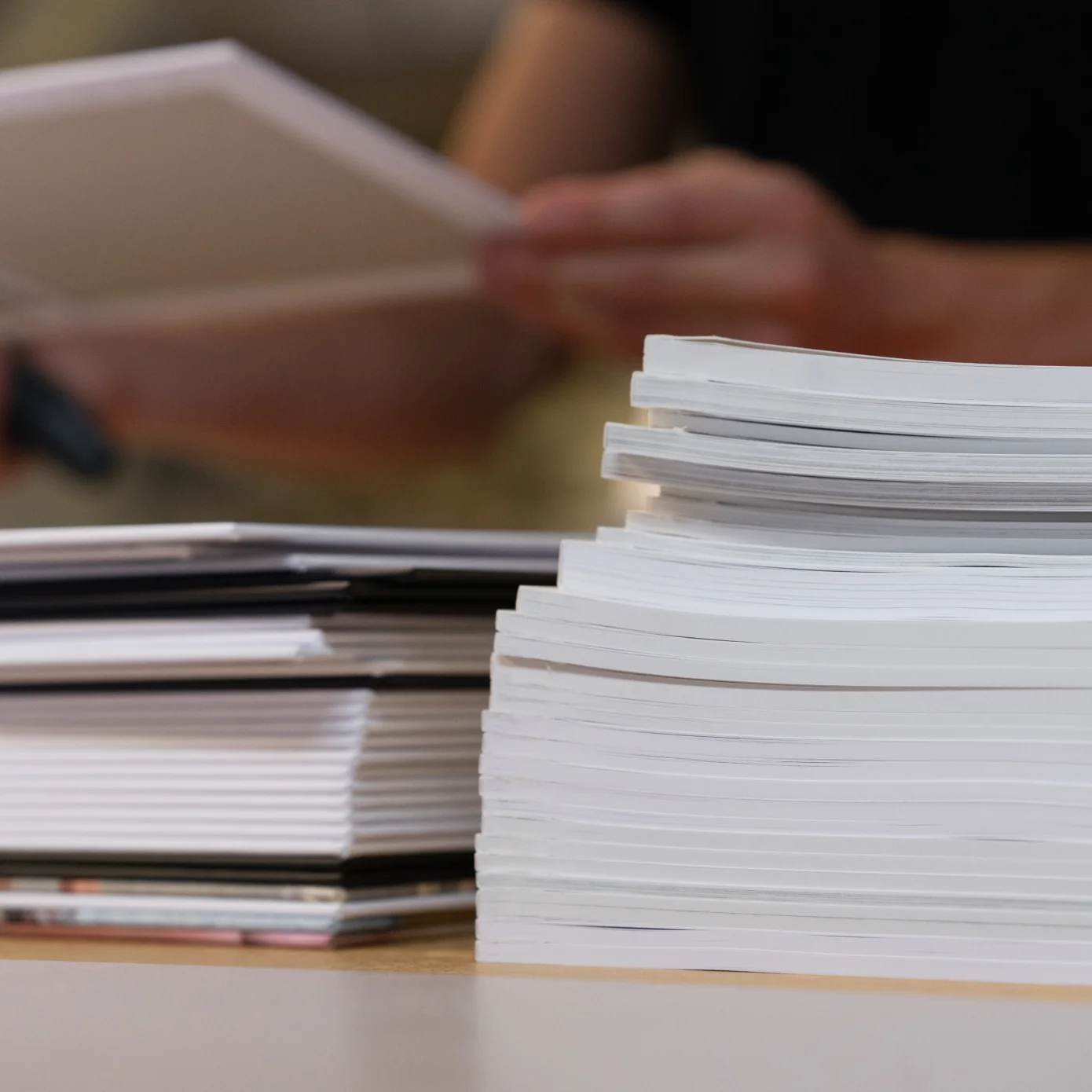
Different paper options have different climate impacts
Together with third parties, we have collected product-specific data from paper mills and printhouses.This includes Paper profiles and data sheets for carbon dioxide emissions to cover scopes 1, 2, 3*, and we added a standard value for transportation from mill to printing house. This allows us to compare different papers in a fair way.
Examples of the paper profiles we have used to compare the different paper qualities we use in Sweden: Sappi GalerieArt Gloss and Arctic Paper G-Silk.
In this comparison, scopes 1, 2, and 3 are included - from the raw material being taken from the forest until it is delivered to the printing house.

* GHG Protocol establishes comprehensive global standardized frameworks to measure and manage greenhouse gas (GHG) where greenhouse gas emissions are categorized into three scopes: Scope 1 includes direct emissions from a company's own operations, Scope 2 covers indirect emissions from purchased energy, and Scope 3 involves indirect emissions from the entire value chain.
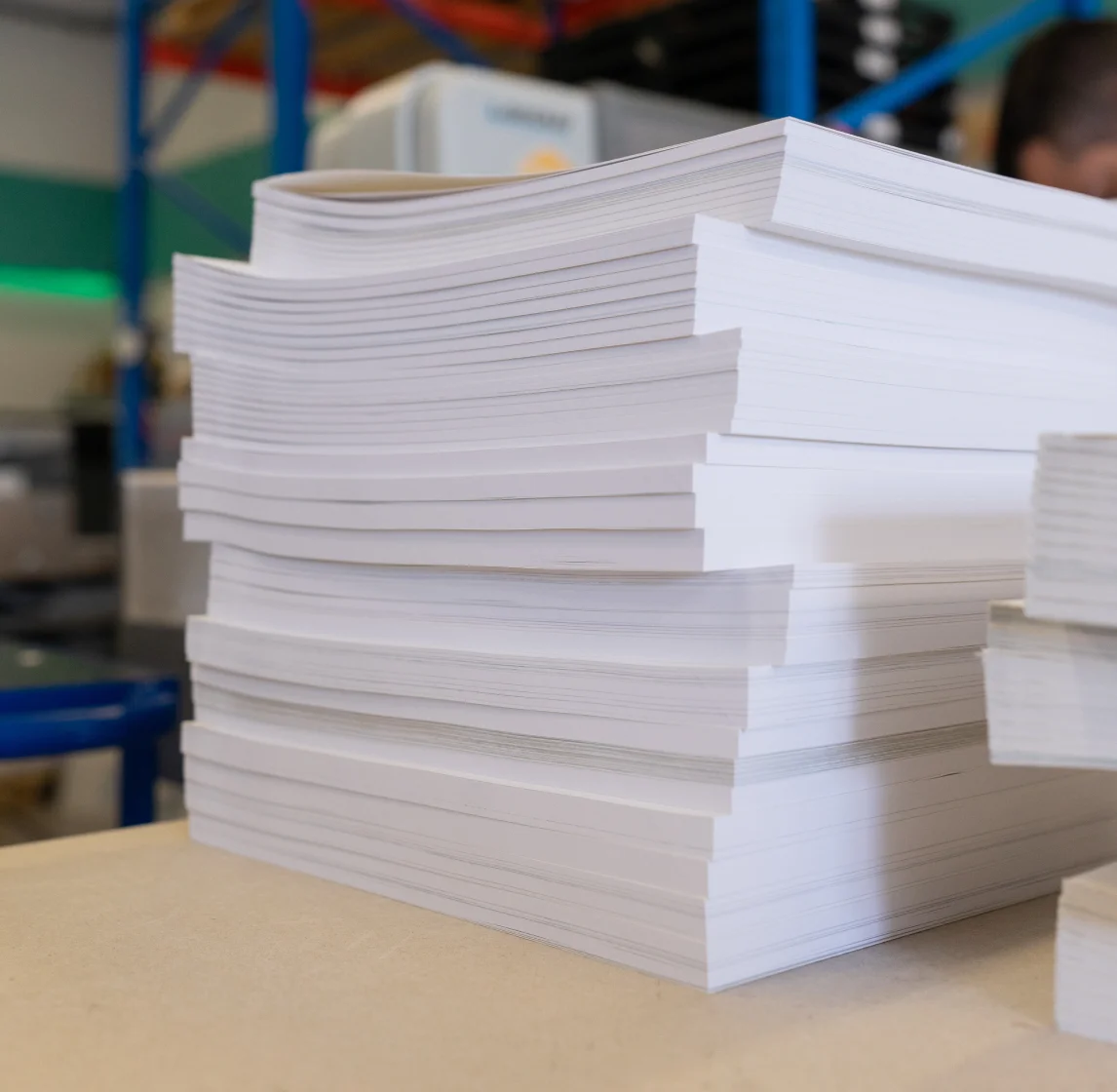
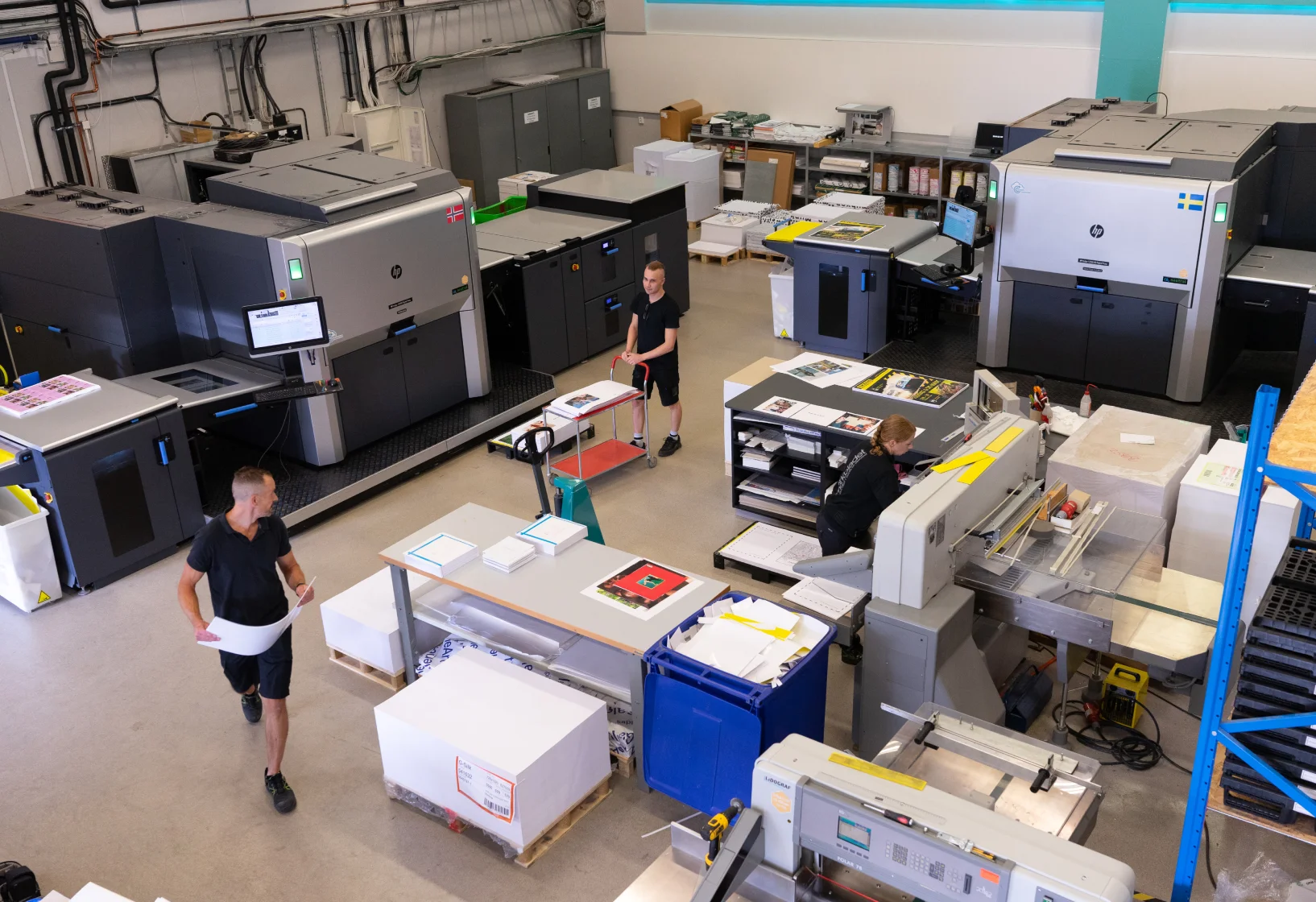
Paper with lower climate footprint
This autumn, a new feature in our baskets will be unveiled - customers will have the chance to select paper with a lower carbon footprint for orders produced in Sweden. By lower climate footprint, we mean lower emissions of carbon dioxide and other greenhouse gases during manufacturing. The silk-paper option will have a lower climate footprint than what is generated by the manufacturing of the gloss-paper. The paper is produced in Dalarna, Sweden in a papermill with high demands on quality and sustainability - read more.
Varied Access to Renewable Energy
The type of energy used to produce paper, and in the next step produce our photo books, impacts our climate footprint. If the printhouses use renewable energy, it will greatly reduce our climate footprint, but it is not always readily available or accessible in all markets. We annually monitor this development: we look at the paper production process, how much energy is being used, and what type of energy is used in all of our partnered printing houses. We are always looking for improvements toward renewable and efficient energy for our photobook production.
We ask all printing partners that by the end of 2024 have set a plan for renewable energy in their operations, with the ambition to use 100% renewable energy by the end of 2026.
